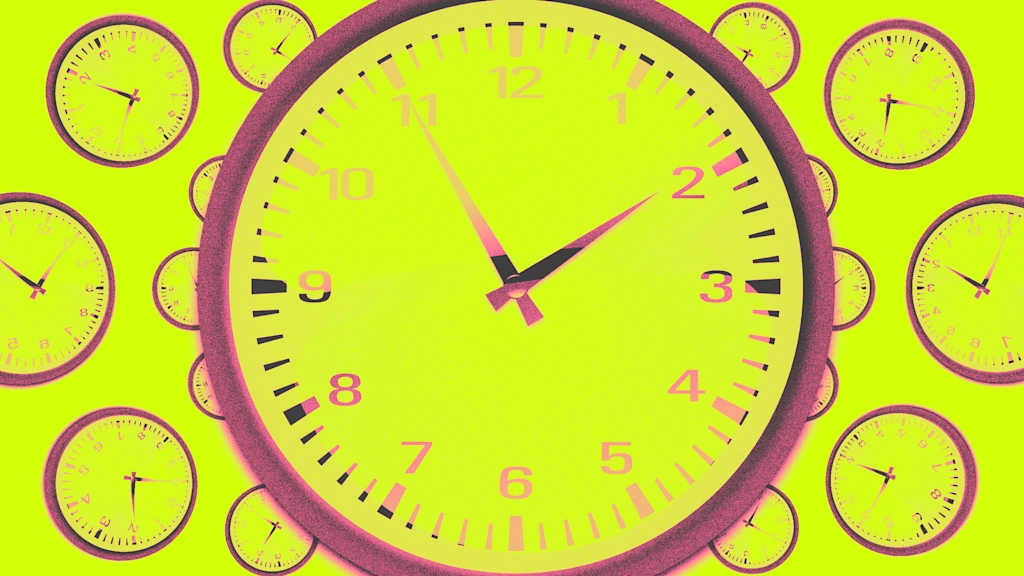Copyright Fast Company

Over the years, I have conditioned myself to only be able to focus in 25-minute increments, a timer counting down in my peripheral. The five-minute break following? It’s like a reward. It is now accepted wisdom that taking regular breaks during the workday makes one more productive. How long those breaks should be, however, depends on which productivity method you are subscribed to. Recently, a University of Cambridge mental health researcher has suggested that longer breaks could, in fact, be more effective at tackling those afternoon slumps. “The most productive people work for about 52 minutes at a time and then take 17-minute breaks,” Olivia Remes shared on Instagram. The “52/17 rule” has been around for a while, promising to increase productivity and work-life balance, but Cambridge’s social post has renewed discussion about it. “This is much better than working for long stretches,” adds Remes, who has a PhD degree in public health and primary care from Cambridge. Subscribe to the Daily newsletter.Fast Company's trending stories delivered to you every day Privacy Policy | Fast Company Newsletters The brain is a muscle that, like every other, can be overstretched. Incessantly being bombarded with emails and Slack messages, juggling calendars and jumping at the Microsoft Teams ringtone, hopping on and off and back on Zoom, and fielding work texts . . . all can cause information and cognitive overload. As many don’t have the option to work less, a number of productivity hacks have emerged instead—from the MTR framework and time blocking to my beloved Pomodoro method. But, even armed with all these hacks and tools, or leaning on AI to take off some of the mental load, it can still feel like an uphill battle to focus even for a few hours a day. That’s why it’s not only important when we take these breaks, but how we take them. Remes says the researchers found that while practicing the 52/17 method, “the most productive people, during their breaks, completely disconnected from technology.” No sneaking in a few emails or scrolling on X or TikTok. “Instead, they completely disconnected and gave themselves a chance to relax and to rest,” she adds. So it’s not just the 17 minutes—it’s how you use them. (Or don’t use them.) Of course, unplugging is easier said than done. Particularly in a work environment that may not offer the flexibility to pause outside of designated break times, or might question why you’re doing a crossword puzzle during the middle of the workday. Even if you can’t set a timer for the entire 17 minutes, stepping away from your desk each hour to get coffee, do a lap around the office, or simply stare out the window and think about what you’ll have for dinner might just make a difference.



